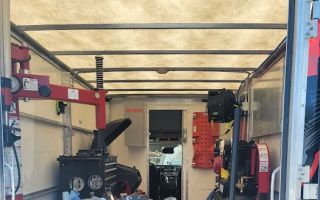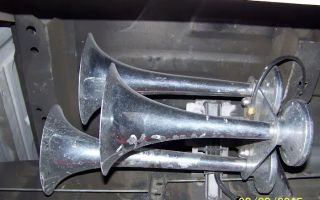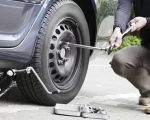- 1-common-causes-of-a-car-battery-dead
- 2-how-to-identify-a-dead-car-battery
- 3-step-by-step-guide-to-jump-starting-your-car
- 4-preventative-maintenance-for-car-batteries
- 5-when-to-replace-your-car-battery
- 6-how-rescue-towing-can-help-with-battery-issues
1. Common Causes of a Car Battery Dead
A car battery dead situation can be caused by several factors, from everyday wear and tear to user errors. One of the most frequent causes is leaving your headlights or interior lights on overnight, which drains the battery. Another common culprit is extreme weather conditions; cold temperatures slow down the chemical reactions inside the battery, while heat can cause fluid evaporation and damage the battery plates.
Corroded or loose battery terminals often prevent the battery from charging properly. Additionally, aging batteries simply lose capacity over time, usually lasting around 3-5 years depending on usage and climate. Electrical issues such as a faulty alternator or parasitic drains from aftermarket devices can also lead to a dead battery.
Understanding these causes helps drivers avoid unexpected breakdowns and ensures proper battery care.
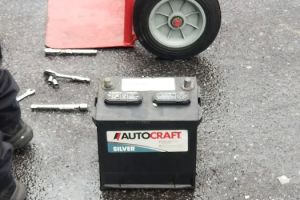
AutoZone Auto Parts
5701 Broadway, Bronx, NY 10463, USA
2. How to Identify a Dead Car Battery
Recognizing the signs of a dead car battery early can save you from inconvenient and potentially dangerous situations. Typical symptoms include a clicking sound when you turn the ignition, dim or flickering headlights, and a slow or no response from the engine when attempting to start.
Sometimes, the car’s dashboard lights might flicker or fail to come on, indicating insufficient power from the battery. If electronic accessories like the radio or power windows suddenly stop working, these can also be warning signs. Performing a quick test with a multimeter can confirm low voltage, but most drivers rely on these tell-tale signs.
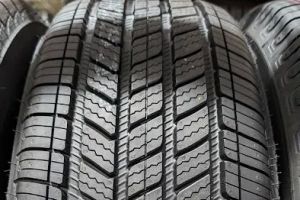
Costco Tire Center
1250 Old Country Rd, Westbury, NY 11590, USA
3. Step-by-Step Guide to Jump-Starting Your Car
Jump-starting is often the quickest way to revive a dead car battery. To do this safely, you’ll need jumper cables and a donor vehicle with a fully charged battery. First, park the donor car close enough for the cables to reach both batteries but avoid letting the vehicles touch.
Connect the positive (+) cable to the positive terminal of the dead battery, then attach the other end to the positive terminal of the donor battery. Next, connect the negative (-) cable to the donor battery’s negative terminal, and finally, connect the other end to an unpainted metal surface on the dead car’s engine block—away from the battery to avoid sparks.
Start the donor car, let it run for a few minutes, then try to start the dead car. If it starts, keep the engine running to recharge the battery. Remember to disconnect the cables in reverse order and inspect the battery and charging system afterward.
4. Preventative Maintenance for Car Batteries
Regular maintenance can extend your car battery’s life and prevent sudden failures. Periodically check the battery terminals for corrosion and clean them with a mixture of baking soda and water if needed. Ensure the battery is securely mounted to avoid vibrations that can damage internal components.
Testing your battery’s voltage and health, especially before winter or long trips, can alert you to potential issues. Avoid leaving electrical accessories on when the engine is off and disconnect aftermarket devices that might drain power. Properly maintaining the charging system, including the alternator and belts, is equally important.
5. When to Replace Your Car Battery
Knowing when to replace your car battery can prevent unexpected breakdowns. Common indicators include slow engine crank, frequent jump-start needs, a battery age exceeding five years, and visible physical damage like bulging or leaking.
If your vehicle’s battery struggles to hold a charge or if maintenance doesn’t restore its performance, replacement is necessary. Investing in a quality battery suited to your car model and climate ensures reliability and longevity.
6. How Rescue & Towing Can Help with Battery Issues
When faced with a car battery dead emergency, professional roadside assistance from Rescue & Towing can provide quick, safe, and reliable solutions. Their experts can jump-start your vehicle on-site, replace the battery if needed, or tow your car to a trusted repair shop.
With 24/7 availability and fast response times, Rescue & Towing ensures you’re never stranded for long. They also offer advice on battery maintenance and replacements, helping you avoid future incidents.
Conclusion: Staying Prepared for a Dead Car Battery
A car battery dead scenario is inconvenient but manageable with knowledge and preparation. Understanding common causes, identifying symptoms early, and knowing how to jump-start your car can get you back on the road quickly. Regular maintenance and timely replacement extend battery life and reduce surprises.
When emergencies occur, relying on professional services like Rescue & Towing offers peace of mind and expert assistance. For more tips, products, and support related to vehicle batteries and roadside help, visit Rescue & Towing and stay ready for any battery challenges.




